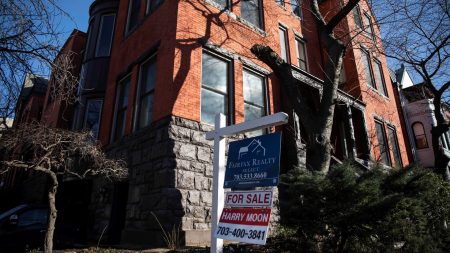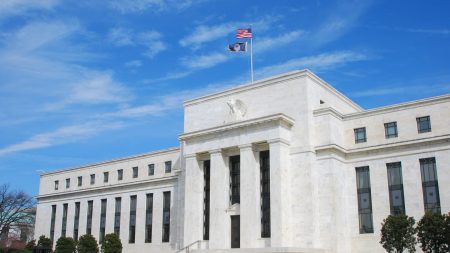Spring Housing Market Shows Little Promise as Buyers Remain Cautious
A Slow Start to the Spring Housing Market
The spring housing market, traditionally a peak season for homebuyers, is off to a sluggish start this year. Despite an increase in the number of homes available for sale, potential buyers are showing little urgency to make a move. The lack of momentum is largely due to stagnant mortgage rates and the continued rise in home prices, which are making homeownership less affordable for many.
Mortgage applications for home purchases dropped by 4% last week compared to the previous week, according to the Mortgage Bankers Association’s (MBA) seasonally adjusted index. This decline comes despite the fact that mortgage rates have remained relatively stable over the past few weeks. Compared to the same week last year, demand for purchase loans has remained flat, indicating a lack of enthusiasm among buyers.
Rising Home Prices and Loan Sizes
Home prices continue to climb, pushing the average loan size for purchase loans to new heights. The average loan size reached $447,300 last week, the highest level since October 2024, according to Joel Kan, vice president and deputy chief economist at the MBA. This trend reflects the ongoing challenge of affordability in the housing market, as buyers are forced to take on larger loans to purchase homes that are increasingly expensive.
Meanwhile, the average contract interest rate for a 30-year fixed-rate mortgage with conforming loan balances ($766,550 or less) dipped slightly to 6.97% from 7.02%. While this small decrease might seem like a positive development, it’s important to note that rates are still significantly higher than they were just a few years ago. Additionally, the cost of obtaining a loan—measured by the number of points paid at closing—has increased, further adding to the financial burden on buyers.
Refinancing Activity Sees a Modest Increase
While purchase activity has been sluggish, refinancing applications saw a 12% increase from the previous week and a 17% jump compared to the same week last year. This uptick is largely due to the small drop in mortgage rates, which can make refinancing more attractive for homeowners looking to lower their monthly payments. However, it’s worth noting that refinancing volumes remain very low by historical standards, as most borrowers who could benefit from refinancing have already done so in recent years when rates were lower.
A Challenging Market for Buyers and Sellers
The housing market continues to be challenging for both buyers and sellers. Mortgage applications to purchase a home are now 39% lower than they were in February 2019, before the pandemic began. This decline reflects a combination of factors, including higher prices, higher interest rates, and a lack of affordable inventory. Despite the increase in the number of homes for sale—up 25% compared to a year ago—the supply of homes remains 25% below pre-pandemic levels, according to data from Redfin.
Sellers are also feeling the pinch, with many being forced to offer price cuts to attract buyers. In January, 15.6% of sellers reduced their asking prices, up from 14.7% in January of last year, according to Realtor.com. However, many sellers are still holding firm on their prices, as competition for available homes remains relatively strong. The average time it takes to sell a home has increased to 54 days, the longest since March 2020, indicating a slower-paced market.
The Road Ahead for Homebuyers and Sellers
Looking ahead, the housing market is likely to remain challenging for both buyers and sellers. For buyers, the combination of high prices and relatively high mortgage rates continues to limit affordability, dampening demand. For sellers, the increasing competition and longer time to sell homes may require more flexibility in pricing and negotiations.
While there are signs that the market may be starting to balance out—such as the increase in price cuts and the longer time to sell homes—the path forward remains uncertain. Buyers and sellers alike will need to stay informed about market trends and be prepared to act quickly when opportunities arise.
In the meantime, potential buyers may want to consider whether waiting for further rate declines or price adjustments is worth the risk of missing out on their desired home. Similarly, sellers should carefully evaluate their pricing strategies to ensure their homes remain competitive in a rapidly changing market.
One thing is clear: the spring housing market is shaping up to be a complex and unpredictable landscape, requiring careful navigation from all parties involved.









